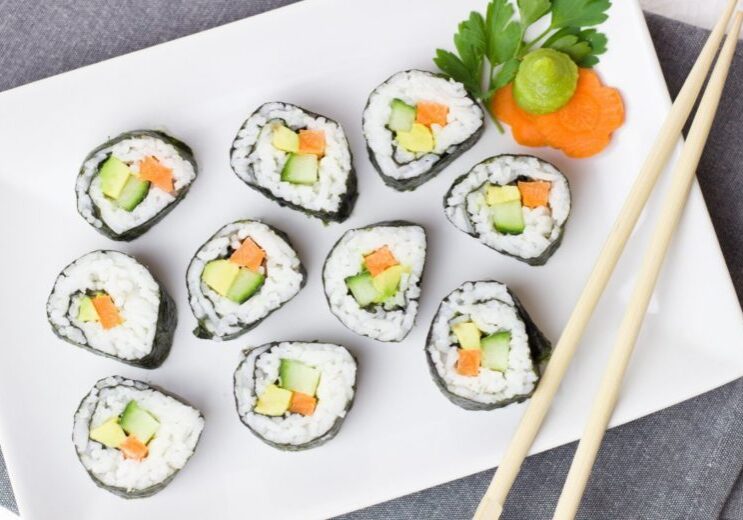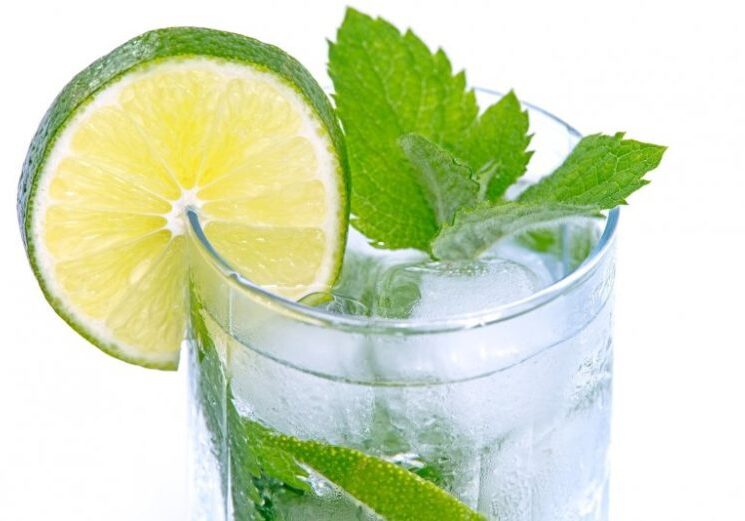Food Waste is a HUGE issue.
Australians throw out the equivalent of 1 in every 5 bags of groceries they buy. Food waste fills up our landfill creating greenhouse gases which are bad for the environment. Fighting food waste is EASY. By making a few simple changes you can save money and help save the planet. For more info see here.
1. Only buy what you need
Reducing your food waste starts before you go to the shops. Try and plan your meals around the things you already have in the pantry, fridge and freezer. Then make a list of what you need, this will help stop you from buying things you don’t need.
2. Store your food correctly
By storing food correctly, you can cut down on waste.
- Check your fridge is below 5 degrees
- Check your freezer is at -18 degrees
- In the fridge, store meat and poultry on lower shelves and fruit and vegetables in the vegetable drawers
- Keep bread in a cool place in the pantry or freeze it
- Freeze foods before their use-by dates
- Use airtight containers to store food in the fridge and open packets of food in the pantry.
- There are lots of websites that show you how to store different foods – see Oz Harvest
3. Know the difference between ‘use by’ and ‘best before’
A ‘use by’ date is put on food that may become unsafe if stored for too long. Don’t eat anything that is past its ‘use by’ date.
Food with a ‘best before‘ date is still safe to eat after the recorded date as long as it is not damaged or has not ‘gone off’ such as growing mould or starting to smell. A ‘best before’ date simply indicates that the food may lose some of its quality after this date. So, don’t throw food out just because its past its best before date. For more information see the Food Standards Australia New Zealand website.
4. Don’t throw away tired fruit and veg
Check what food you have and think about what you could create with it. Take a look at our recipes for inspiration.
Don’t be scared of wilted vegetables or overripe fruit. There are plenty of recipes that can take your bruised, wilting and wrinkled food and transform them into something delicious. Here are some great ways to use up fruit and veg that have been sitting in the fridge for a while.
- Add overripe tomatoes into a pasta sauce
- Grate older zucchinis into a fritter
- Chop soft carrots into fried rice
- Overripe bananas are the secret to making muffins, banana bread and pikelets sweet, delicious and healthy.
Remember to clean our your vegie crisper regularly! Use the search button in the top right-hand corner of the Healthy Lunch Box website to find recipes that will use what you need to use up.
5. Love those leftovers
Often we have leftovers from last night’s meal. Here’s how to use them up to save time, money and the planet!
- Freeze leftovers for another night’s dinner
- Pack leftovers for lunch or have again for the next nights dinner – you don’t have to cook from scratch every night!
- Use up leftover salad in a sandwich or wrap
- Add leftover roast chicken to soup
- Add leftover roast vegies in a couscous salad
- Cooked and cooled leftover rice makes the perfect fried rice
- Make breadcrumbs out of the crusts or stale bread and freeze for later
6. Learn to love odd shaped fruit and veg
Buy ‘Odd Bunch’, ‘I’m Perfect’ or ‘Imperfect Picks’ to help reduce food waste. These are fruit and vegetables that are delicious and nutritious but have just grown a little misshapen – like crooked carrots or curved cucumbers. Choosing these can save you money as well as help the environment.
7. Use your freezer
Learn more about what foods can be frozen. You can freeze things like bread, cooked rice and pasta, grated cheese and milk. It’s safe to freeze food right up to the use-by date, and then defrost in the fridge when you want to use it. Freeze leftovers in single serves for a quick and easy meal. Search the Healthy Lunch Box website for our recipes tagged “easy to freeze”.
8. Grow your own
Some of the most common things found in the bottom of the crisper are wilted soggy spring onions and herbs such as parsley, coriander and basil. This is because they are sold as a whole bunch but recipes only need a small amount.
You can regrow the scraps of spring onions and herbs in jars of water and plant them in the garden or in pots. Once you have an established plant you can just pick what you need for each recipe. A bonus is you always have tasty, fresh ingredients to add to sandwiches and salad on hand.
Using these tips to reduce your food waste will save you money, time and our planet!




